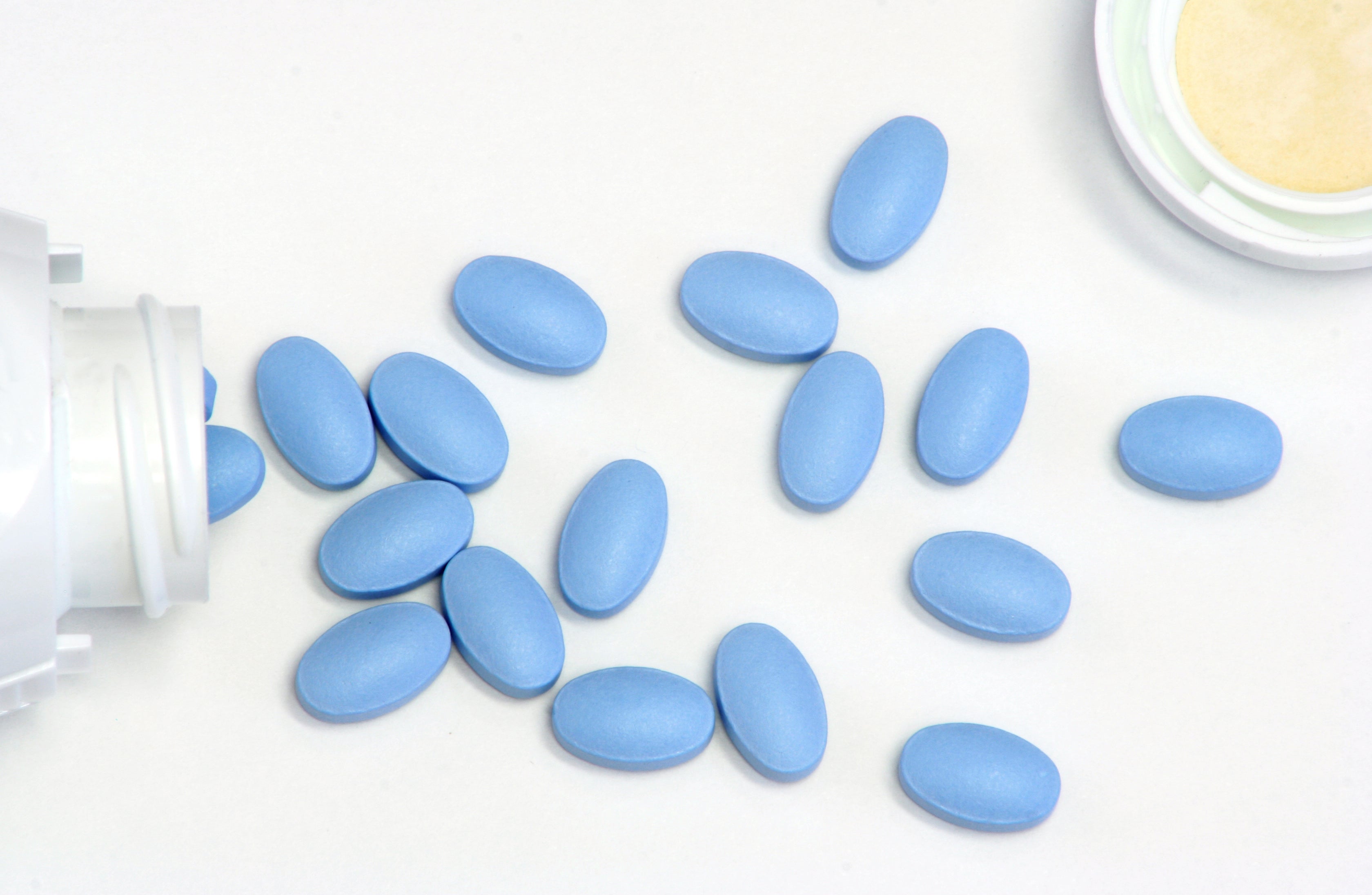I take Viagra every day – I’m proof that women need it too
Viagra – and alternatives like Tadalafil – have wider applications than just treating erectile dysfunction and are used by women too


Your support helps us to tell the story
From reproductive rights to climate change to Big Tech, The Independent is on the ground when the story is developing. Whether it's investigating the financials of Elon Musk's pro-Trump PAC or producing our latest documentary, 'The A Word', which shines a light on the American women fighting for reproductive rights, we know how important it is to parse out the facts from the messaging.
At such a critical moment in US history, we need reporters on the ground. Your donation allows us to keep sending journalists to speak to both sides of the story.
The Independent is trusted by Americans across the entire political spectrum. And unlike many other quality news outlets, we choose not to lock Americans out of our reporting and analysis with paywalls. We believe quality journalism should be available to everyone, paid for by those who can afford it.
Your support makes all the difference.In 2006, Yorkie were still using their sexist tagline “it’s not for girls!” At six years old, I was both annoyed at what I recognised as sexist and thrilled to break their rules and eat the chocolate anyway.
Ten years later I found myself sitting with a specialist team at Great Ormond Street Hospital discussing treatment options for my newly diagnosed Idiopathic Pulmonary Arterial Hypertension (PH), which means high blood pressure in the lungs. The treatment plan: Viagra. Or more specifically a drug like Viagra, called Tadalafil.
Tadalafil is a vasodilator, which means it widens the blood vessels in the lungs to counteract some of the lost elasticity that my blood vessels have.
My first two months on the drug were awful. It comes with a long list of side effects, and I seemed to experience every single one. Dizziness, headaches, sickness, even random extras like uncontrollable hiccups reigned supreme for two months. My initial discomfort was partly due to the high dosage that I was started on, which ended up being halved so that I could properly acclimatise.
In the intervening six years I have done very well on the drug. My condition is stable, the side effects have long since abated and I am now back on the optimum dose for my condition. I was very fortunate to receive my diagnosis from a specialist team working at the forefront of PH research.
Yet, I’m frustrated that the company producing my drug has failed to keep up. Tadalafil’s first life as a Viagra alternative remains very apparent. The information leaflet which comes with the drug proclaims “Tadalafil is not intended for use by women”. Other highlights include: “Tadalafil does not work if there is no sexual stimulation.” So maybe I’ve been using it wrong the whole time?
People like me who take the drug for PH get a brief mention in the leaflet when it says “do not take Tadalafil if you are taking riociguat” which is another drug used to treat PH.The leaflet warns of the heightened effects of using the two together. That’s it.
The lack of information provided to PH patients is even more frustrating as the positive effects of Tadalafil for people with my condition were discovered during clinical research in 2009. But this failure to move with the times isn’t uncommon.
Caroline Criado Perez, author of Invisible Women: Exposing Data Bias in a World Designed for Men argues that women have been neglected in healthcare since Ancient Greece and a patriarchal worldview still persists in our systems today. She also contends that women are routinely underrepresented in clinical trials, a view which is shared by Irving Zucker, a professor emeritus of psychology and integrative biology at UC Berkeley. Research that he led found that women are more likely than men to suffer adverse side effects due to medication dosages being based on clinical trials on men.
To keep up to speed with all the latest opinions and comment, sign up to our free weekly Voices Dispatches newsletter by clicking here
When it comes to my medication, even the number of pills per package is designed with men in mind. The starting dosage for men using the drug for erectile dysfunction is 5 mg or a quarter of a tablet, while my daily dosage is 40 mg. On-demand dosing for men is 10 mg. Each packet contains 80 mg which lasts me two days. I receive mountains of tiny boxes every three months. This is nice and discreet for quickly administering before intercourse, but pointless and wasteful for someone like me.
Estimates suggest that one in 20,000 people in the UK have pulmonary hypertension, a figure that is growing as testing becomes better at picking up the condition, and it is more common in women than men. Is this not enough to prompt a second packaging design and more inclusive instructions?
I also have the impact of PH – and the drug used to treat it – on pregnancy to think about. Oral contraceptives for women with PH are limited. Oestrogen is to be avoided as it is thought to worsen the condition and heighten our already greater risk of blood clots. Pregnancy can be very dangerous for women with PH. There is not sufficient research into how progesterone only contraceptives are impacted by Tadalafil. When I went onto the progesterone only pill for heavy periods in 2017, I was told that I should not rely on the pill as a contraceptive at all.
I have taken Tadalafil for six years now and medically it has served me very well. I’ve fully embraced the silly side of my medication. I use it as an interesting fact during icebreakers. But the leaflet’s failure to reflect all those who use the drug is harmful. Yorkie stopped their sexist ad campaign in 2011. Ten years later, I would like pharmaceutical companies to take the hint too.
Join our commenting forum
Join thought-provoking conversations, follow other Independent readers and see their replies
Comments